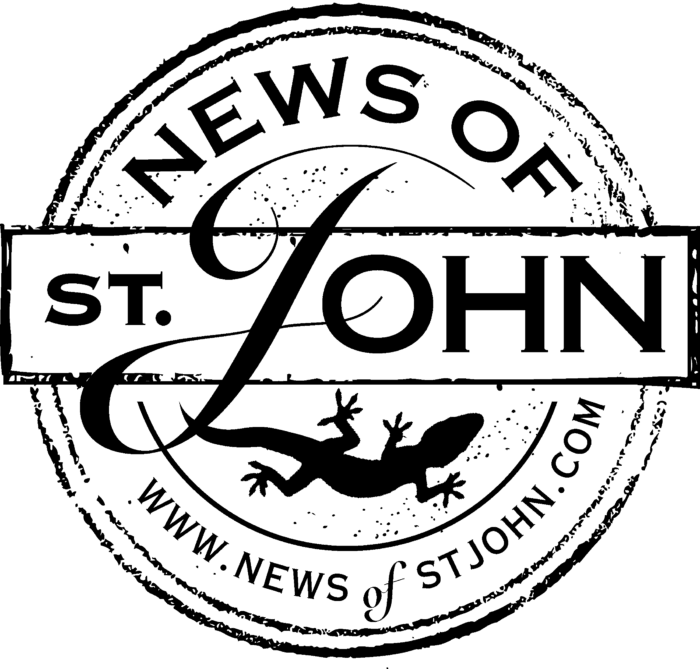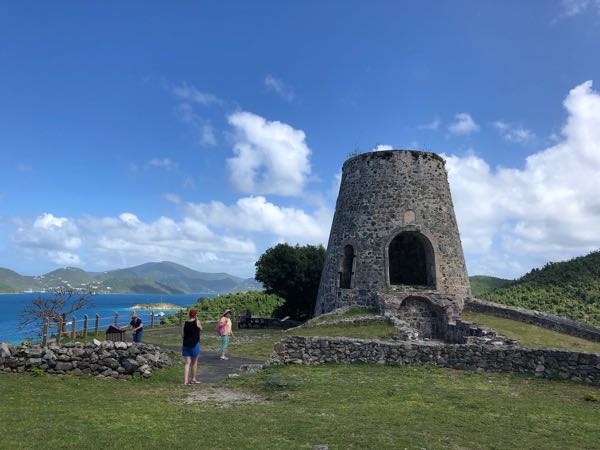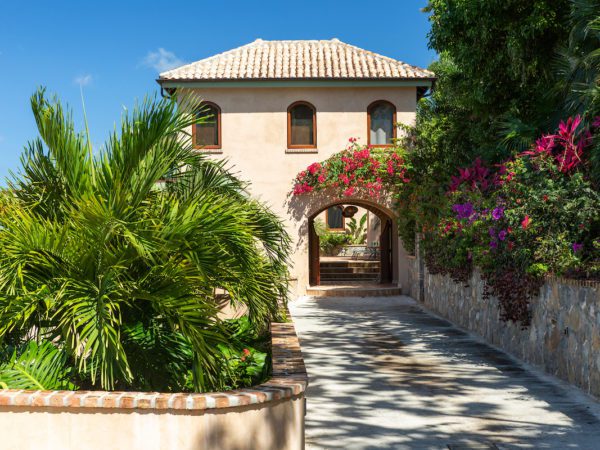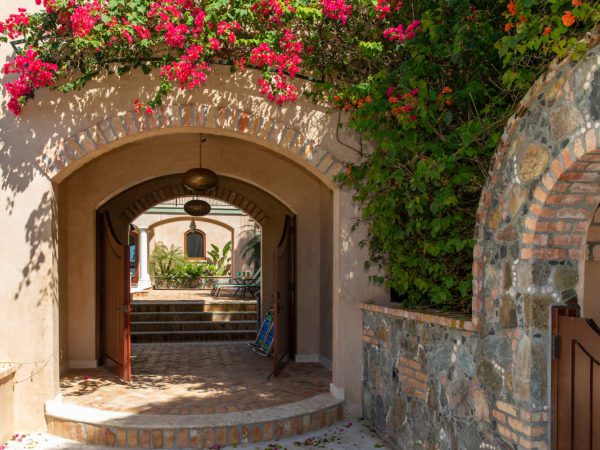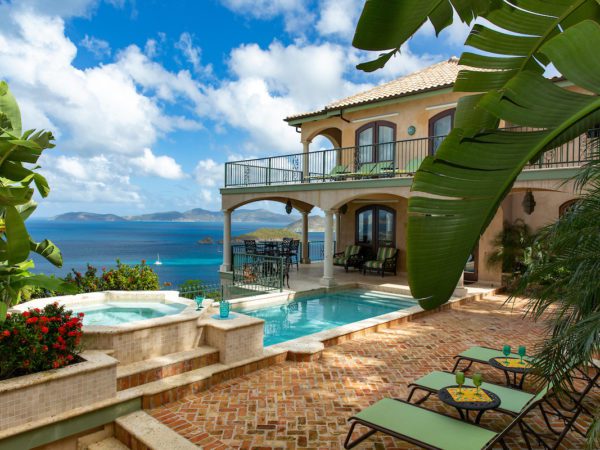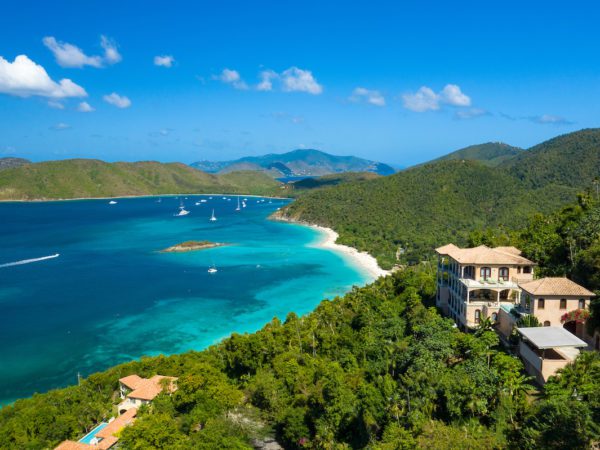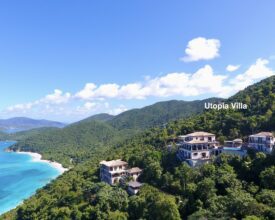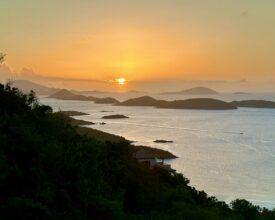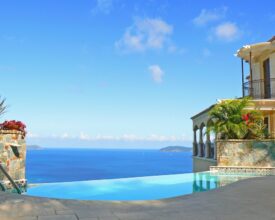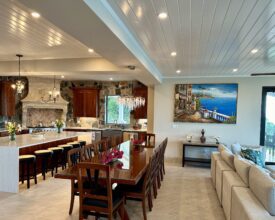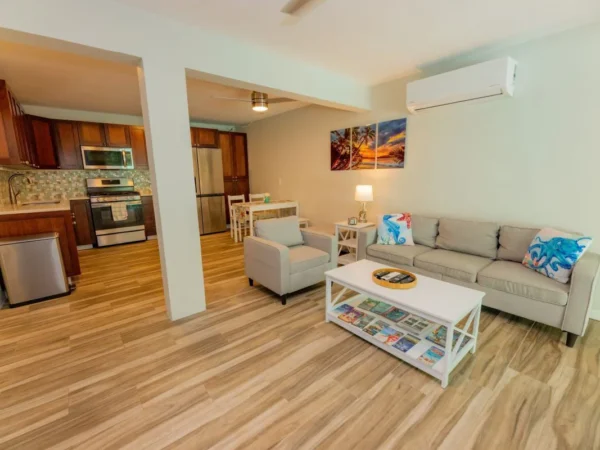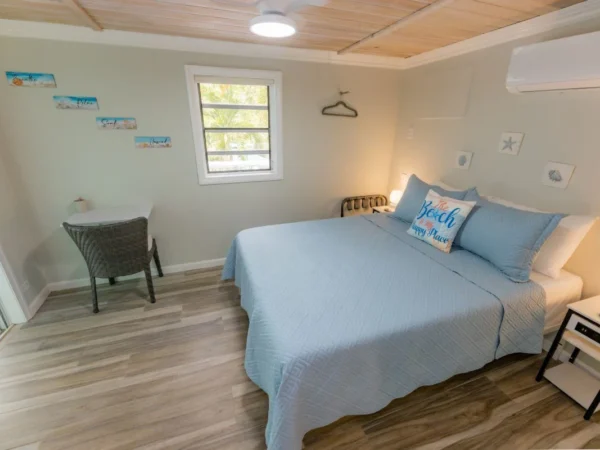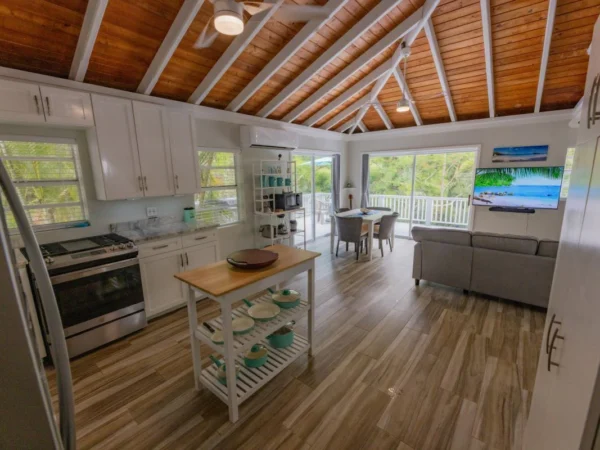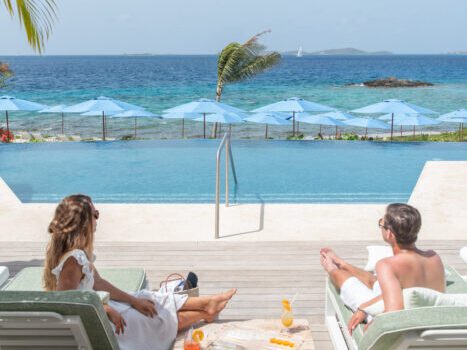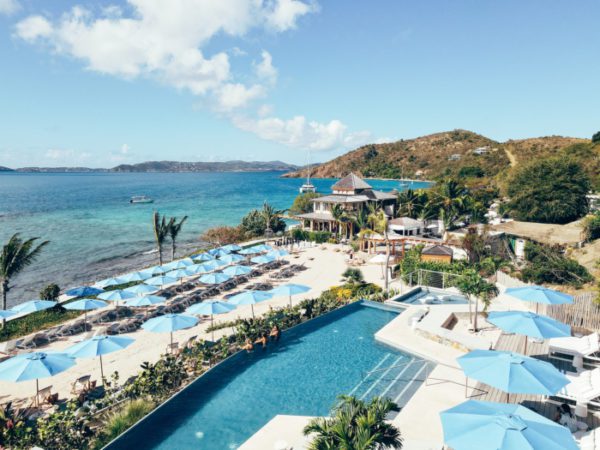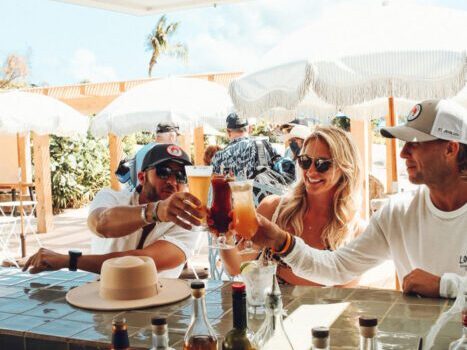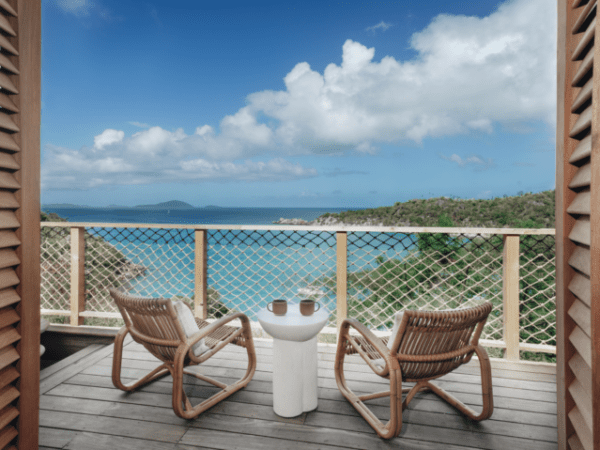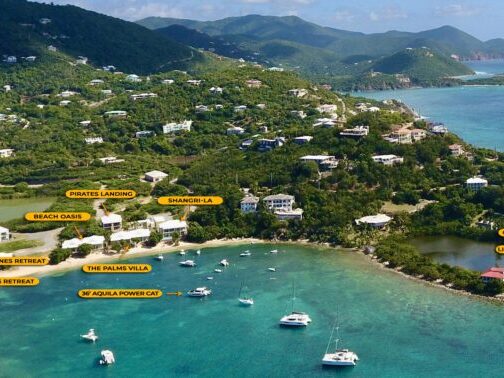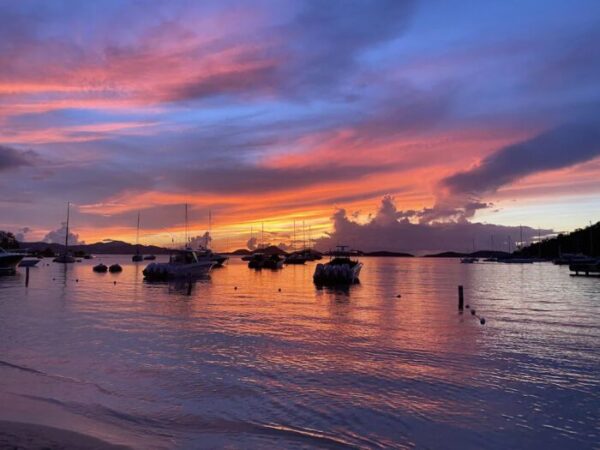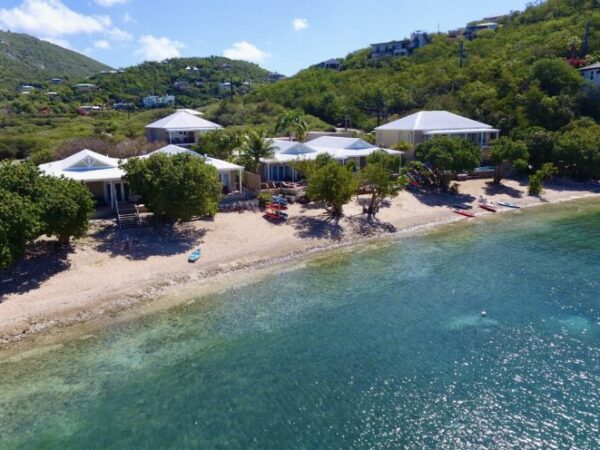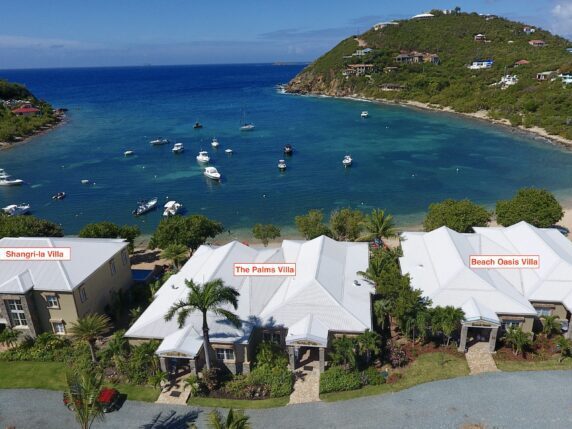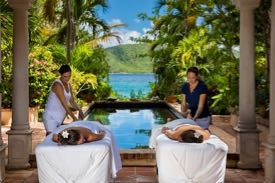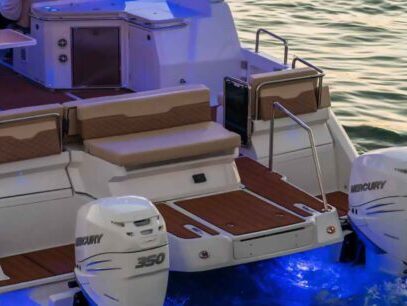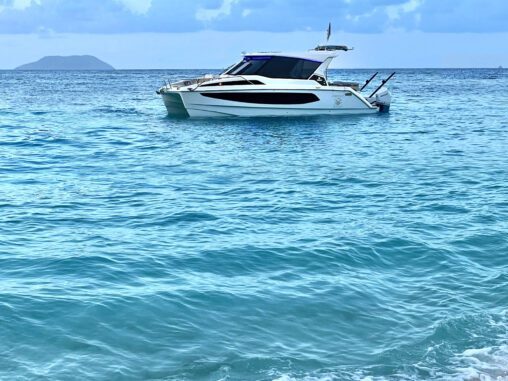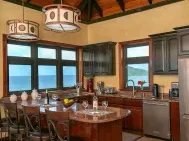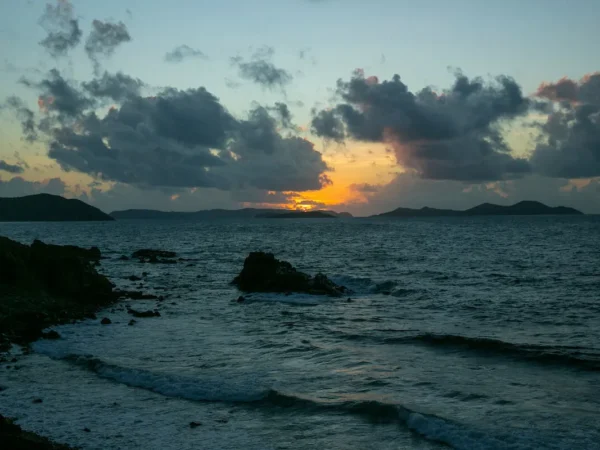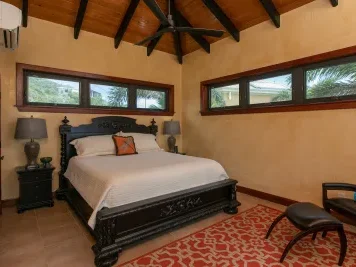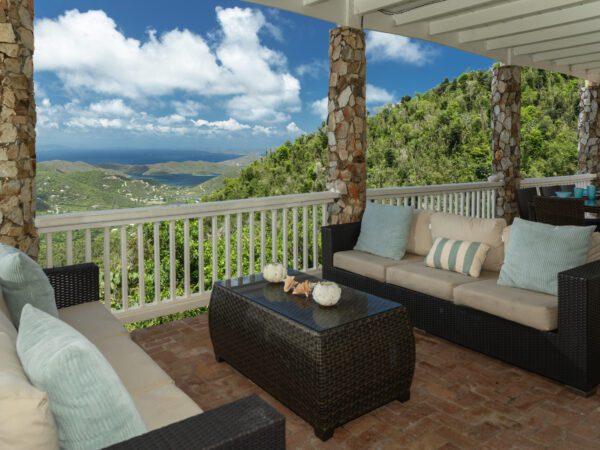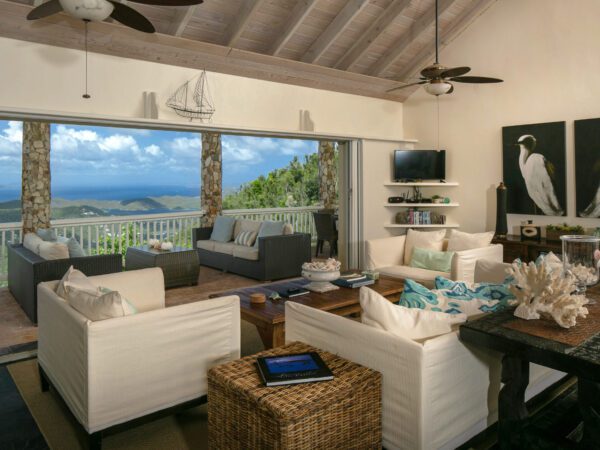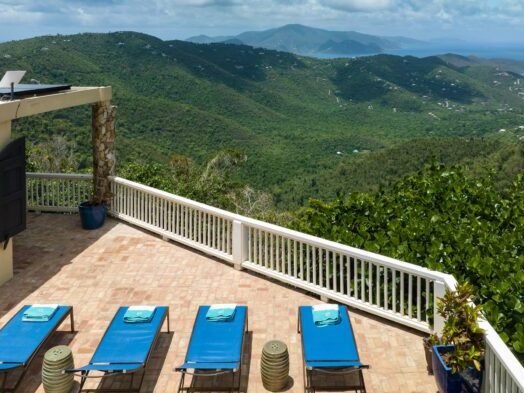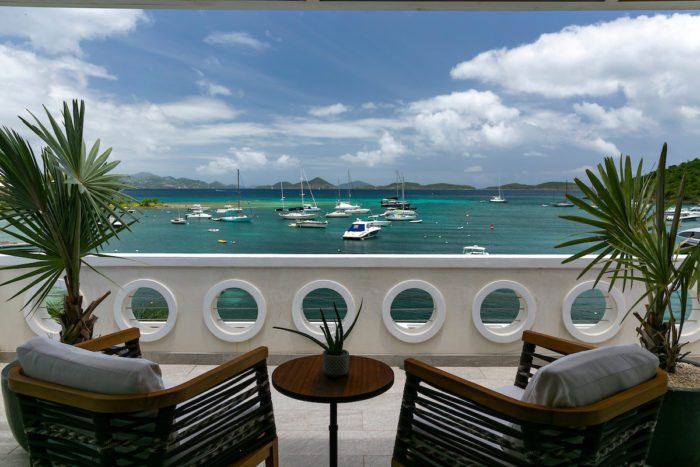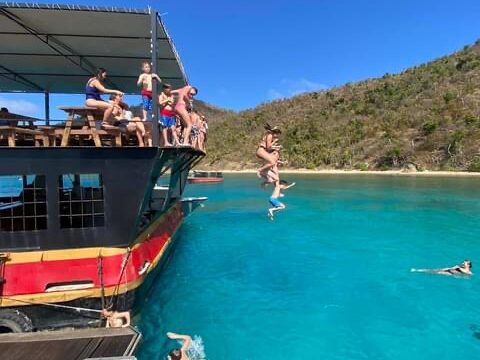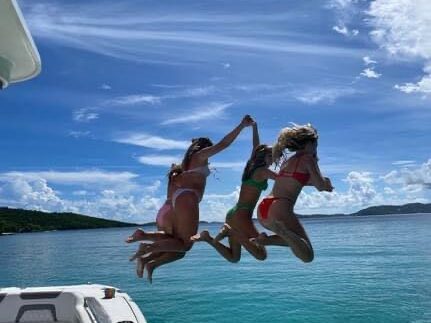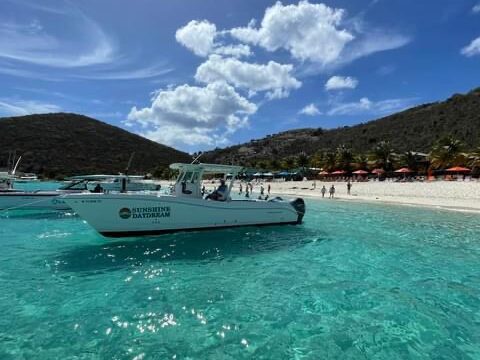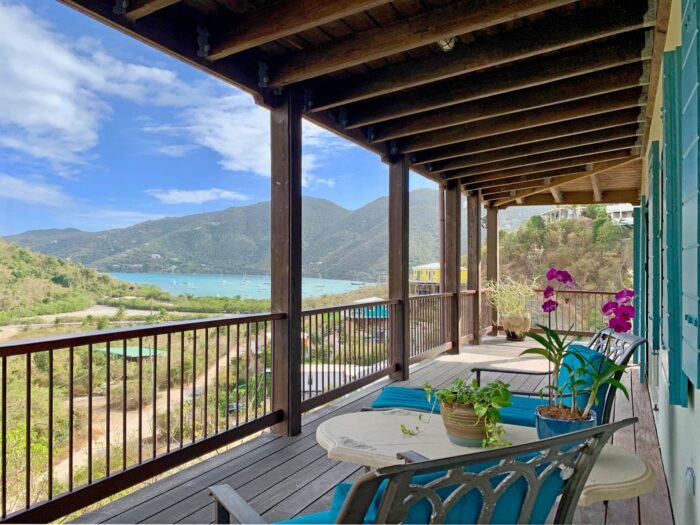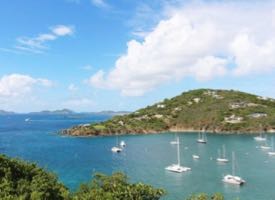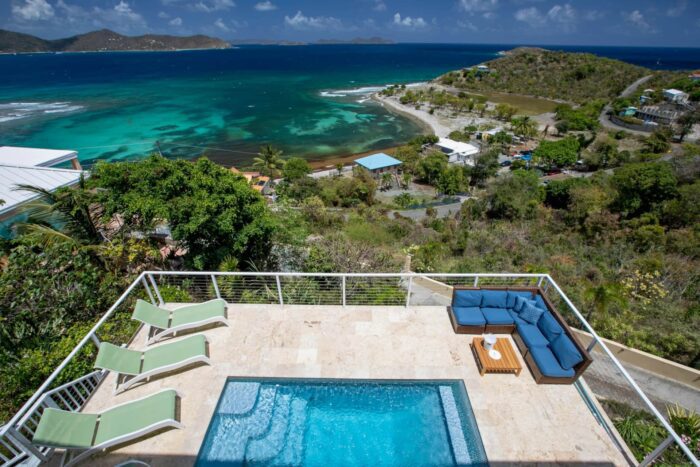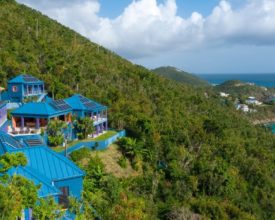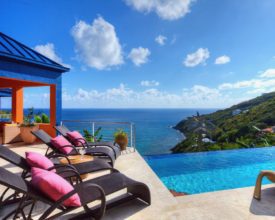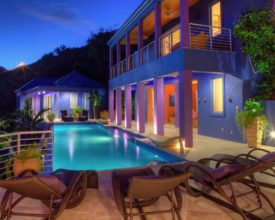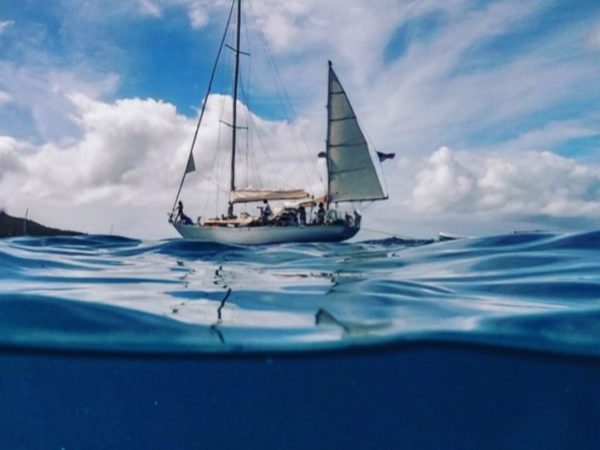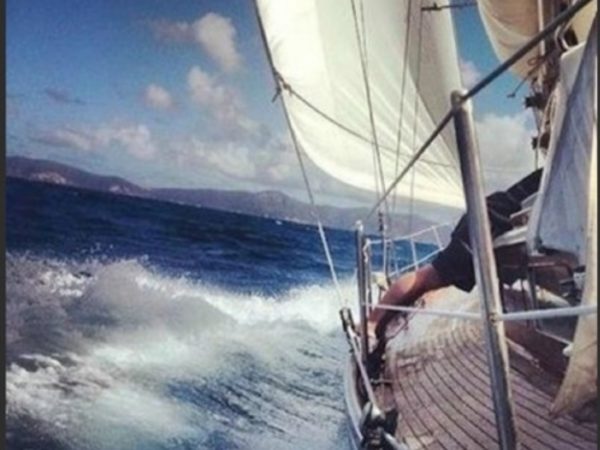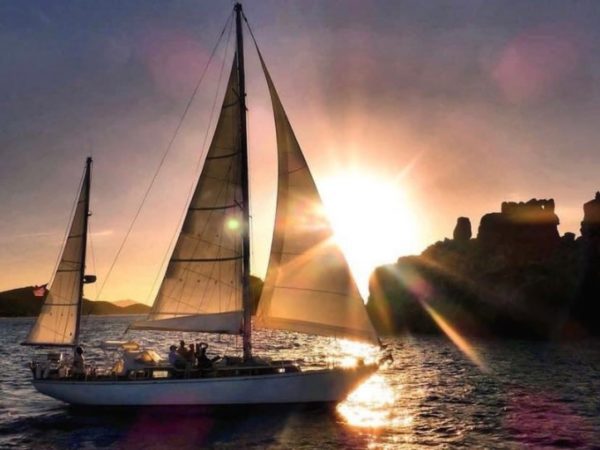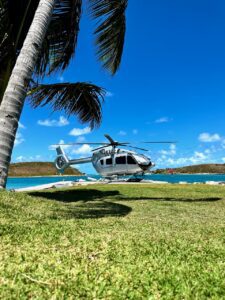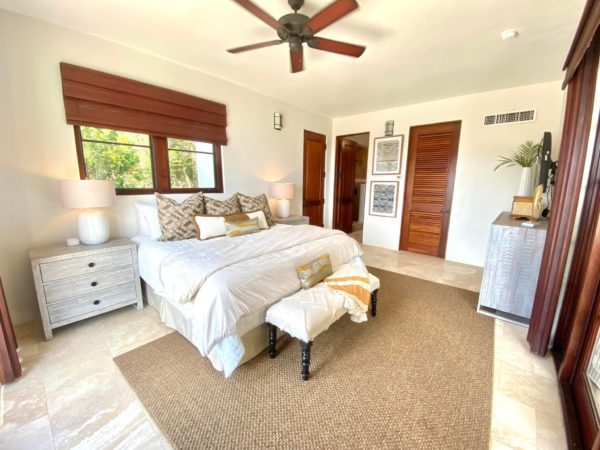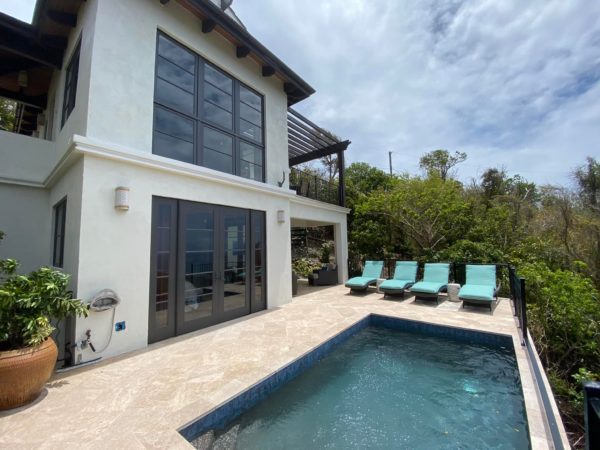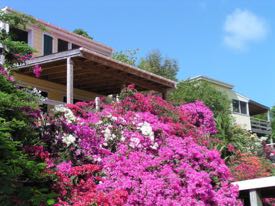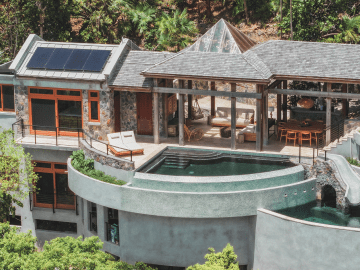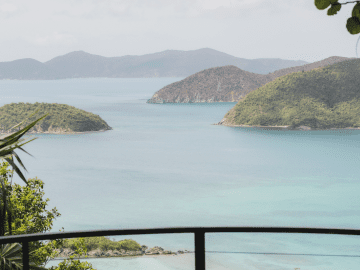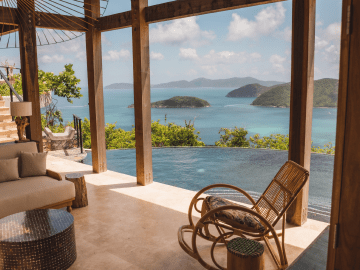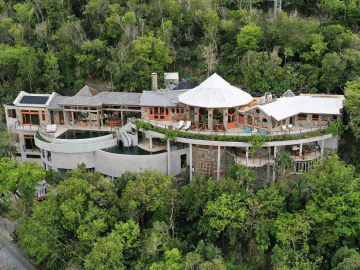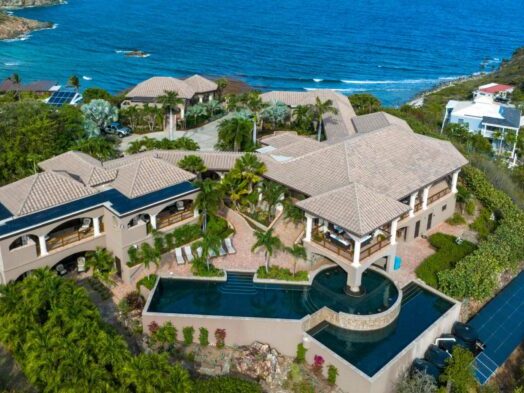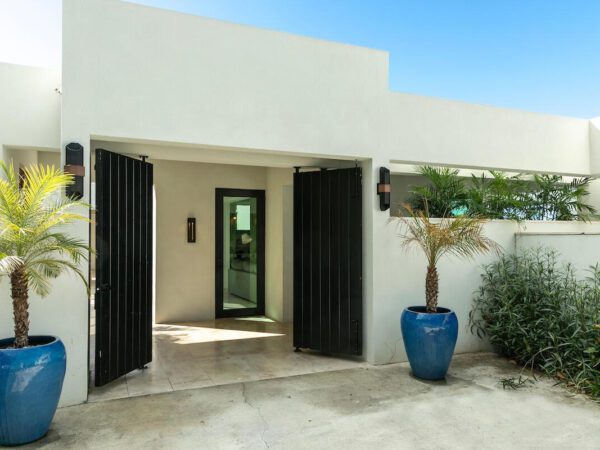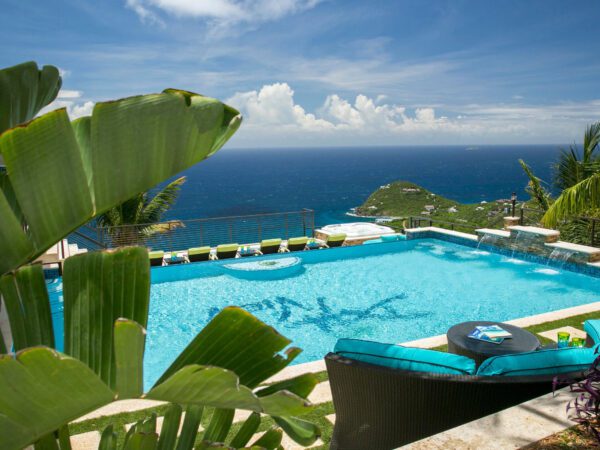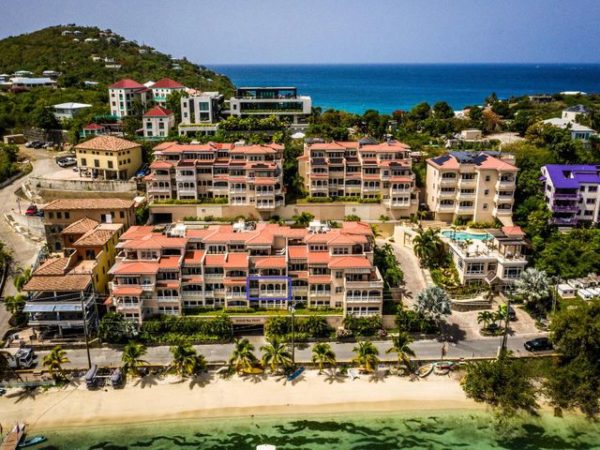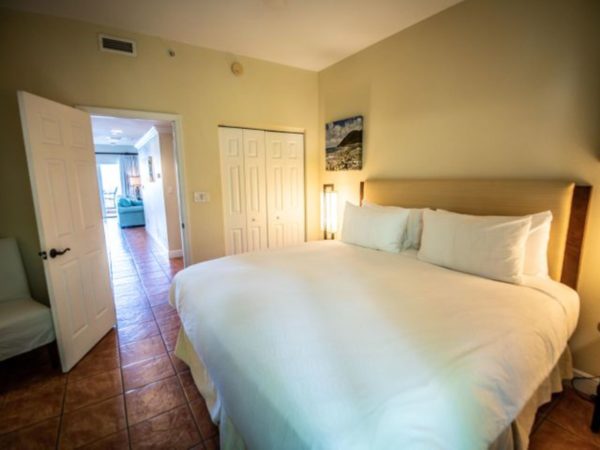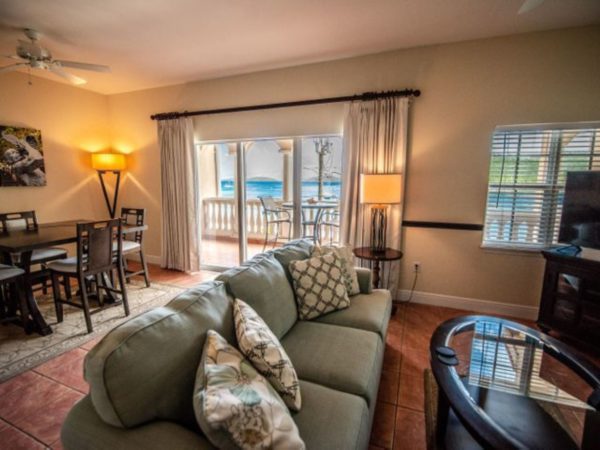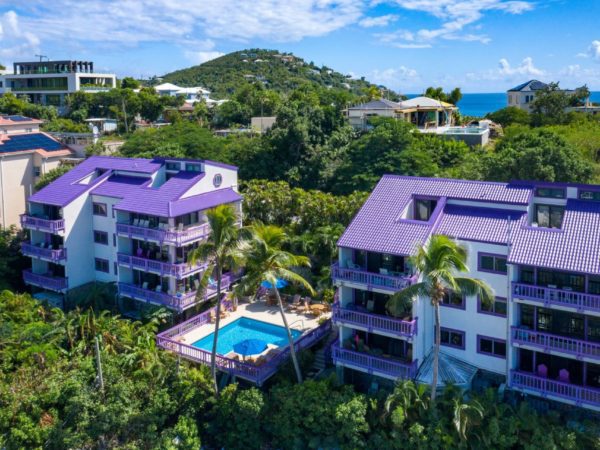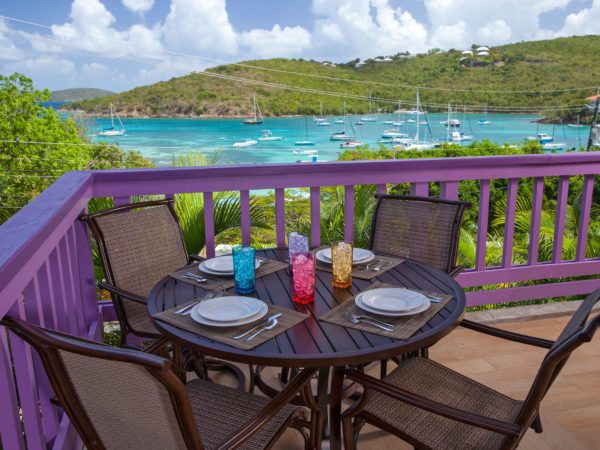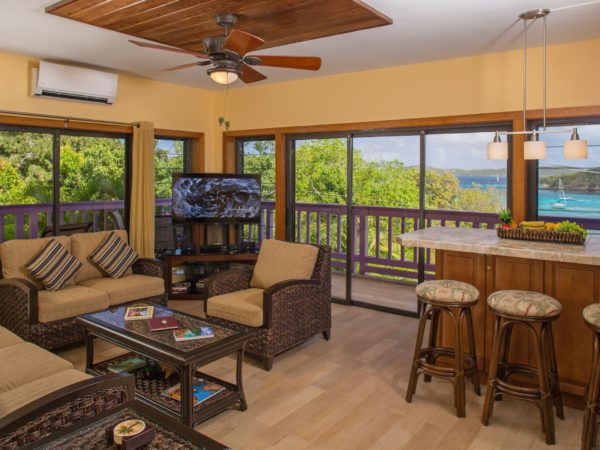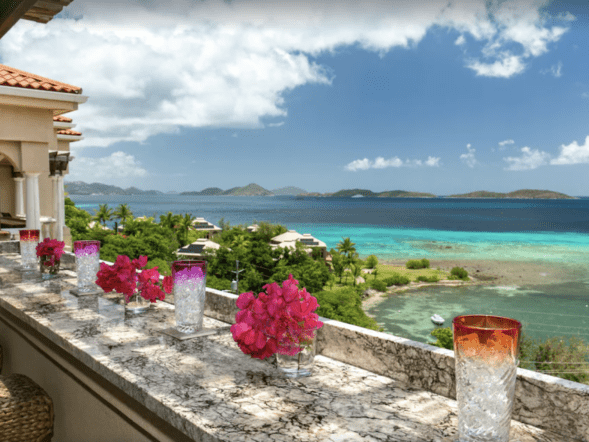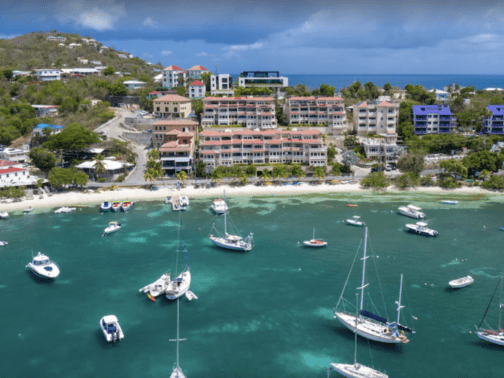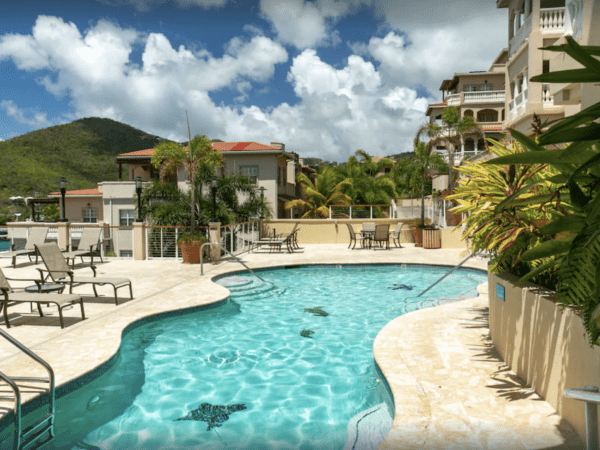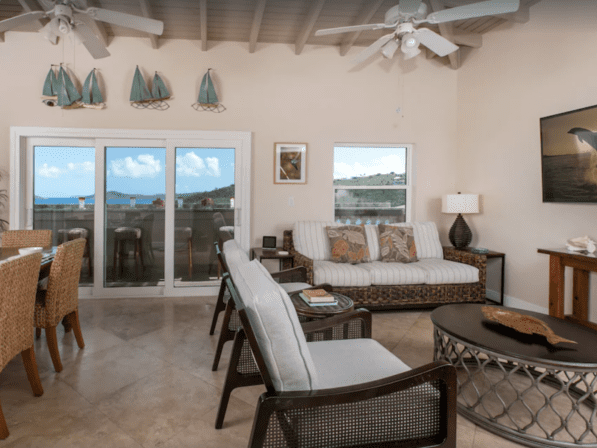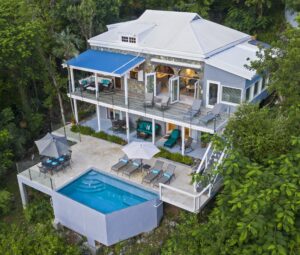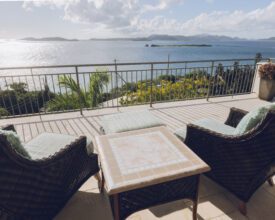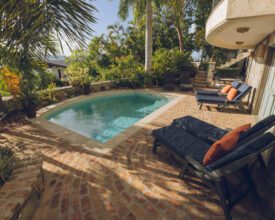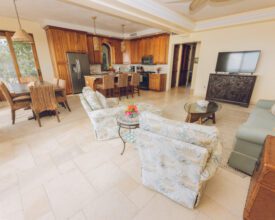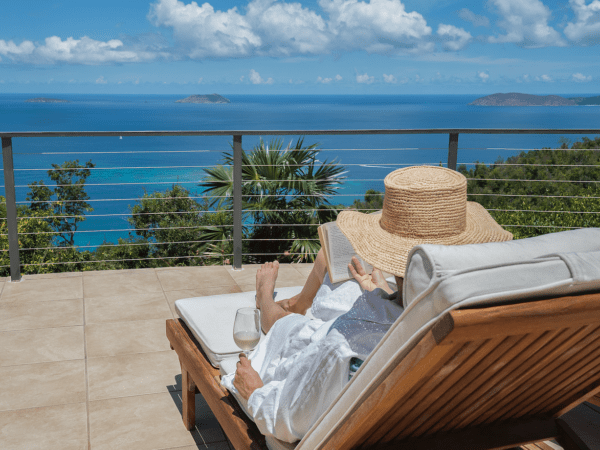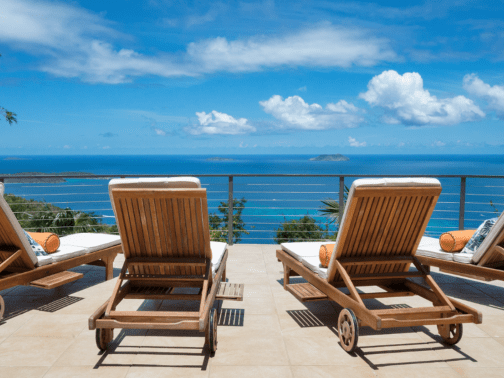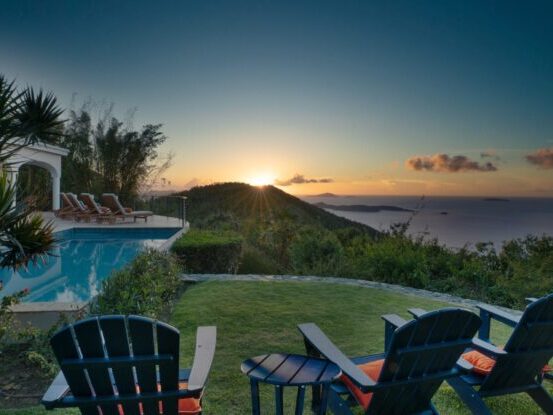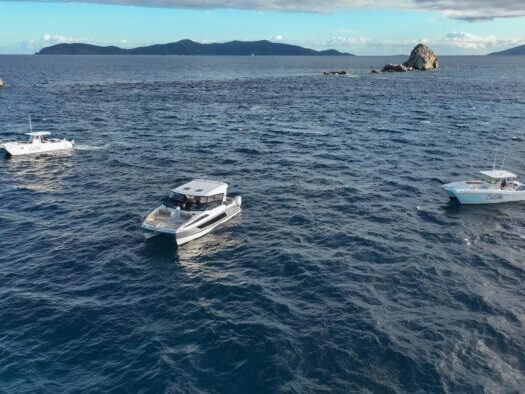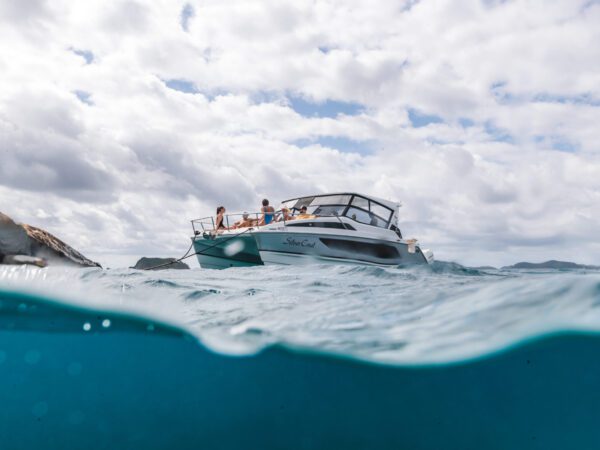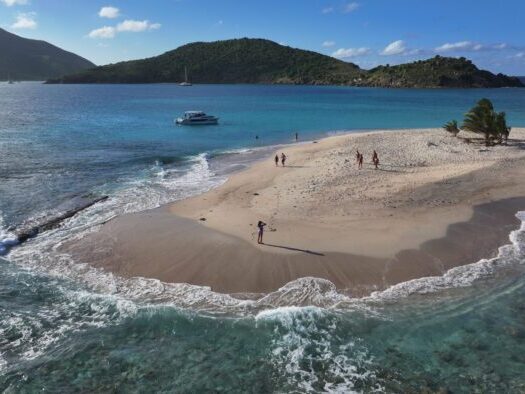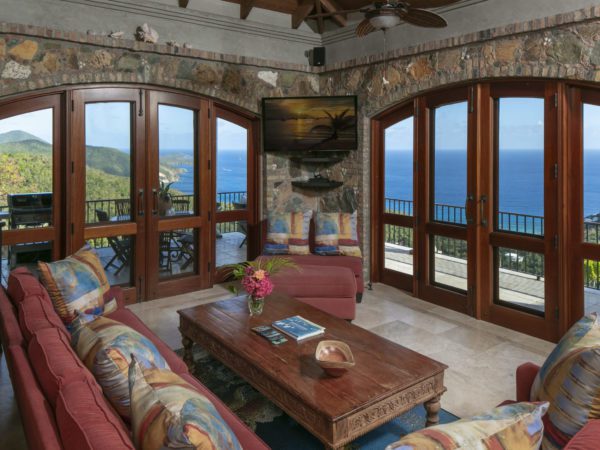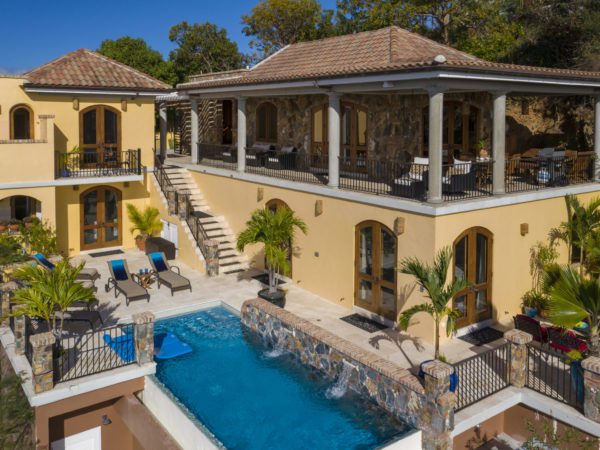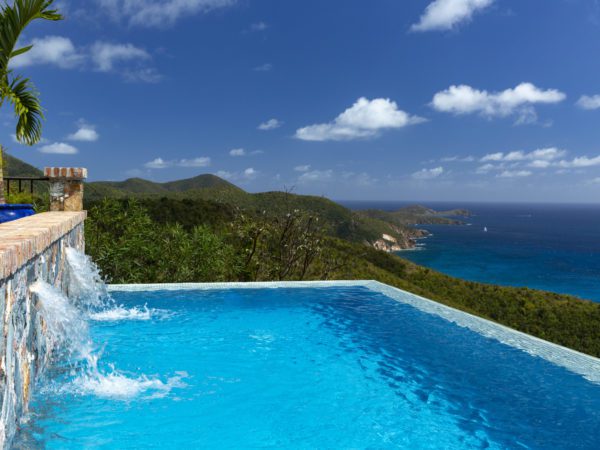Many times in the past, I have shared with you videos and photos and even web cams of St. John in order to give you a little virtual vacation and way to transport yourself to our happy place. Well, today I want to share with you a way to virtually transport yourself to the historic Annaberg Plantation. In 2015, Virgin Islands National Park and Friends of Virgin Islands National Park teamed up with CyArk, “a non profit organization founded in 2003 to digitally record, archive and share the world’s most significant cultural heritage and ensure that these places continue to inspire wonder and curiosity for decades to come.”
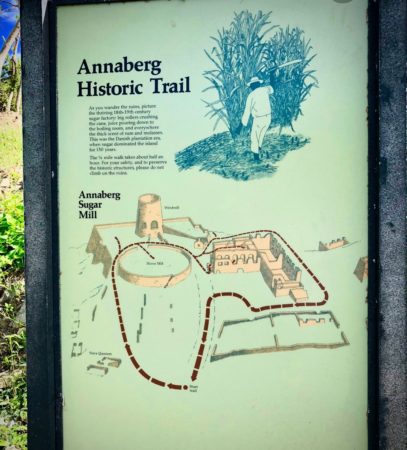
It’s a great way to enjoy some sites of St. John AND dive into the sordid history of this island…long before the days of beach vacations and happy hours…And, you just might learn something!
In this project, the CyArk, with the assistance of Trimble Navigation, aimed to preserve the Annaberg ruins in a digital format and dove deep into a historical study of the site. They provide 360 degree virtual tours, an in-depth analysis of what a day on the plantation looked, lesson plans and useful resources. This singular project was part of a much larger one, documenting the history of the Trans-Atlantic Slave Trade.
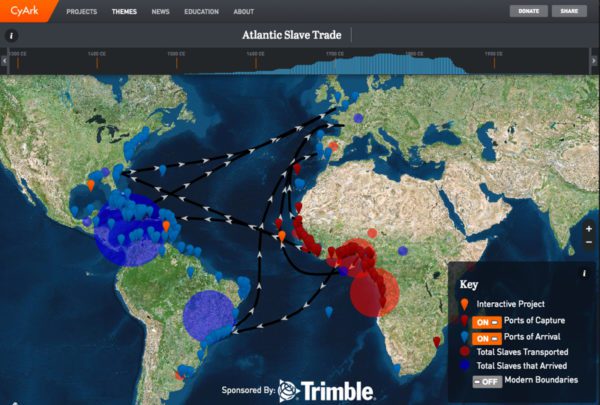
The larger study was built “upon the pioneering work of University of Cape Town Professor Heinz Ruther and the Zamani Project to document the heritage of Africa.” CyArk’s Trans-Atlantic Slave Trade project visually documents Annaberg, Cicade Velha and Natchez National Historic Park. The Zamani Project outlines DOZENS of sites around Africa, Southeast Asia and the Middle East. If you enjoy a great history lesson, both of these projects are rabbit holes that you will definitively want to dive deep into.
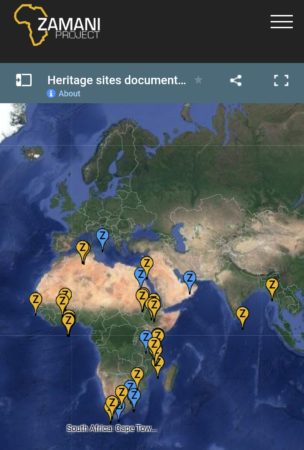
The Annaberg Plantation is located East of Mary Point on St. John’s North Shore, just a 20 minute drive from the ferry dock in Cruz Bay. The plantation was one of the largest in operation on St. John during the late 1700’s and produced 100,000 tons of sugar a year. The 1300 acre cane farm, worked by enslaved workers, also produced rum and molasses for export.
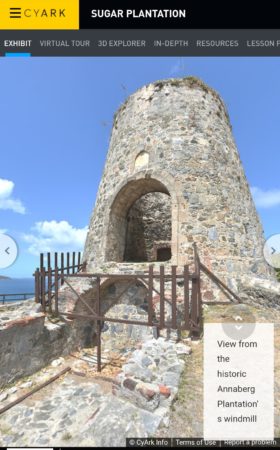
Let’s settle into this for a second. If any of you have been here during this time of year, you know how HOT it is. Take yourself back for a minute to a time where, in that heat, you are working dawn to dusk on steep graded hillsides, manually carrying loads of heavy cane up and down over and over again. Water and food were scarce and slaves were made to provide for themselves in a place with difficult soil, mostly overtaken by the cane. During times of drought, many starved to death. During harvest season, the slaves were made to work 18-20 hours per day in the scalding Caribbean heat, complimented by the simmer of warmth emitting from the boiling house furnaces. And that is just the tip of the proverbial ice berg.
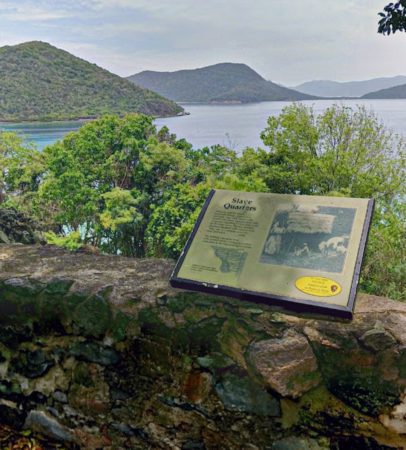
Let that all sink in for a moment before further exploring Annaberg or visiting the site. I always find it a somber experience whenever I am near one of the mills or plantations. When I worked at Zozo’s, I would sometimes be walking across the grounds at Caneel Bay at night, feeling like there was some other unsettling presence with me. There are plenty of local legends and lore that speak of ghosts and Jumbies in the shadows of the ruins of great houses and wind mills. But those are different stories for a different time…Halloween is right around the corner, right? I guess my point is, always be cognizant of this history when visiting one of the ruins on St. John…It makes for a much more meaningful and thoughtful experience and lesson.

Ok, back to the CyArk project…In the in-depth analysis of a day on the plantation, they also account for the resistance efforts of the enslaved house boy, Joe Popp. I’ll let you read his inspiring story yourself, but one thing that I found to be interesting was that in 1833, Britain abolished slavery. Britain…You know…Tortola. Right there, within viewing (and swimming?) distance, was an image of freedom and a promise of hope to those with quarters at Annaberg. Do you remember the Leinster Bay article that we shared a few months ago? Well, the garrisons and guard house that were built there OVERLOOK Annaberg and were installed in order to guard the less than two mile swim or boat ride to freedom.

I found this documentation and its historical accounts to be a wonderful resource for learning more about the blanketed history of the island that I love. It’s easy for all of us to enjoy the beaches and the beauty of St. John, but far too often, we all forget to tap into the historical and cultural significance of the troubled land that we stand upon. I would encourage you to dive deep into this information about Annaberg and the other sites mentioned above before your next visit in order to add layers to your appreciation of St. John. The more you know, the more you love. Or something like that 🙂
And, DO treat yourself to the virtual tour aspect of the site.
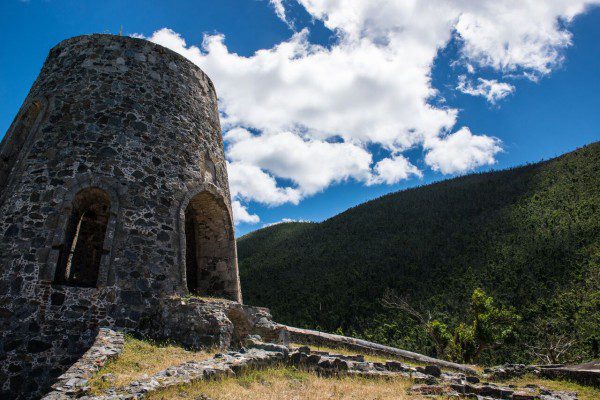
The imagery, as I mentioned, was taken in 2015. So, prior to Irma. The reasoning behind documenting this specific site, for CyArk, was because it exists in an area prone to adverse weather conditions. Hurricanes to be specific. So, now, forever in time, these historic ruins will be digitally preserved and viewable anywhere in the world.
Resources:
CyArk Trans-Atlantic Slave Trade Project
